Among narrow, slippery streets carved into the rock, clumsy cliffs overlooking a skyless horizon, in southern Italy, there is a “stone town,” Zungri, pulled up mostly by natural caves of varying size, which still holds too many secrets. Many of them unfounded, both because of the difficulty in rereading the documents and stratigraphy, and because of the unavailability, at times, to careful study. Among its tunnels, where once flowed abundant water, used for various activities, (trace of it is also an ancient millstone), today flow centuries of history at times still unknown: so much so that only recently more attention is being paid to this city and, in general to the contexts of rocky landscape. Much curiosity is also with the consequence that only today there is finally a heated and prolific debate.
And that is why it is necessary to go easy on conclusions. Although it would be nice to be dazzled by the yellowish whiteness of those stones, and so, try to investigate its telling story, stumble among its caves with scholars hunting for its true origins. It is easy, in places of unsuspected beauty, to imagine skies shrouded in circles of smoke rising in the air to vaporise in ancient fragrances: perhaps ancestral rituals were carried out, as we try to bring back to life with some historical re-enactments, but also practices, the most disparate, of survival were done.
Here, around the fire and inside curious huts carved from Pleistocene-age sandstone, real cave-houses opening with small windows and a “porthole,” lived ancient inhabitants about whom we still don’t know much. Who were they? Hermit monks? Peasants gathered in a village? The hypotheses all suggestive are different. It is a place out of time, whose caves remind some of the dwellings of shepherds in Serbia, while according to others the site resembles Cappadocia, perhaps a bit like Civita, near Rome, and other archaeological sites in Italy, such as Sovana (Grosseto). Instead, we are in Calabria, not Etruria, and the Etruscans have nothing to do with it.
In the shadow of Mount Poro (a mountain on which truth and legend already mingle), this ancient Calabrian site, whose origins supposedly date back to the 8th century, yearns to be rediscovered, and better studied. It is Zungri, in the province of Vibo Valentia, a rock settlement that at the sight makes one stunned. This place, rightly or wrongly, has been talked about often in recent times. Why just now? Its true origin is being discussed with new studies and publications. Let us, or rather, attempt to take stock of the situation, comparing the theses of some scholars of the site and the information in specific essays and the official web portal.
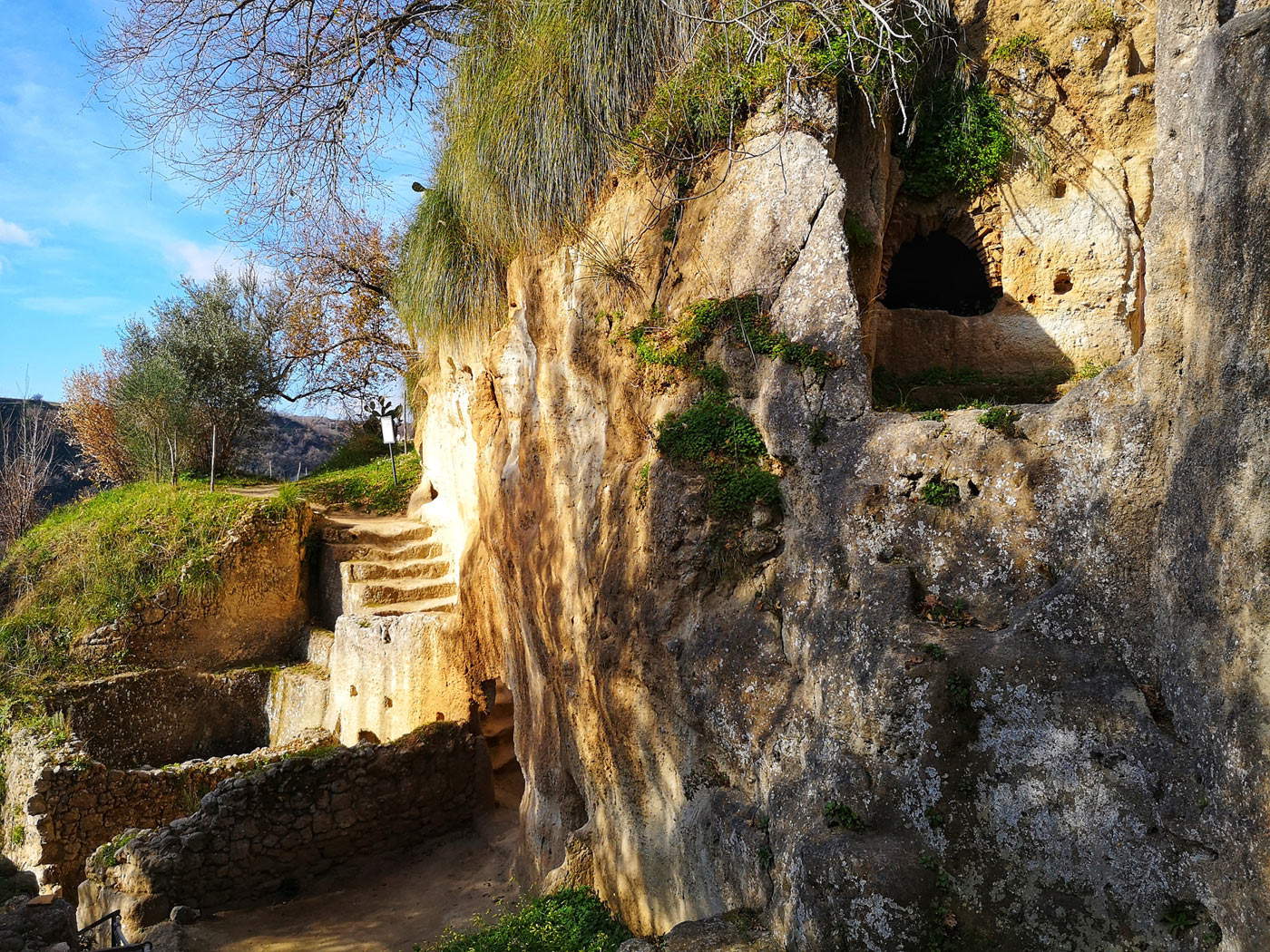
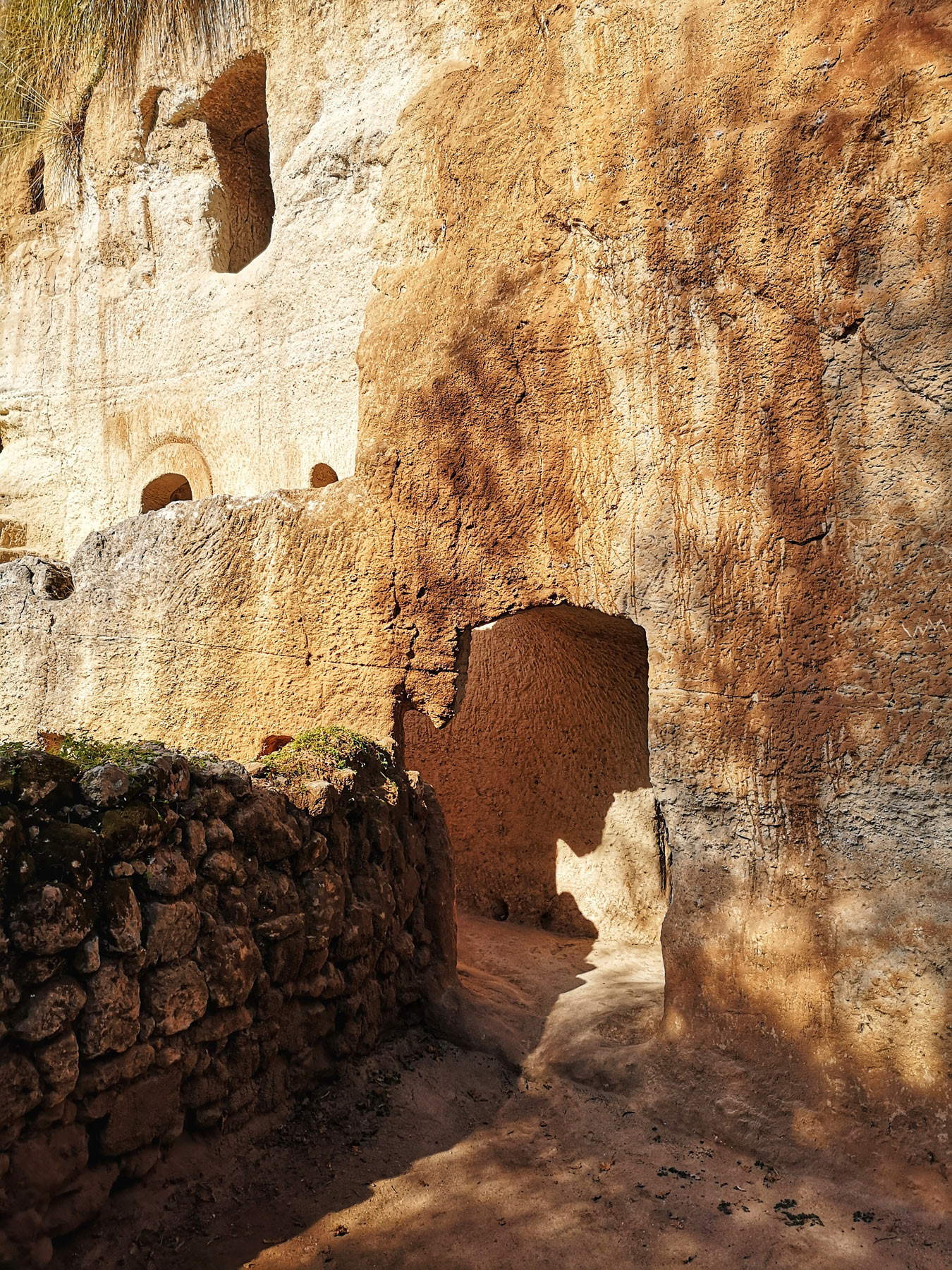

Meanwhile, let’s understand the word “rocky.” “The rock phenomenon,” as Francesco Cuteri and Giuseppe Hyeraci argue, “can be considered a cultural expression of a relationship between anthropization needs and environmental specificities.” And it is far from having to be understood as a moment of “primitive regression,” as it often implies appropriate urban planning perspectives that emphasize precise visions of the organization of life. And not only that, they also contemplate proper landscape management, planning and control. According to the summarizing studies of Ulderico Nisticò, remarkable is the spread of cave settlements in Calabria and the references to caves both in terms of toponymy and in settlements. Of the prehistoric and protohistoric caves, the most famous is that of Papasidero, with the famous Bos primigenius; but nearby, there are also known ones in Praia a Mare and Scalea. There are also several toponyms indicating caves: Grotteria (Reggio Calabria), which recalls Apulian toponyms such as Grottaglie; and again, Spìlinga (Vibo Valentia) and Pilìnga (Catanzaro), where a cave with seven mouths is believed to be found. There are also caves cloaked in myth, such as that of King Nìliu on the Mount of Tiriolo, which recalls, in his death at the consummation of a cinder, the mythological hero Meleager. And other caves variously held to be sacred, either in the sense of holy or the reverse; among them the Cave of Vulcan in Caminia di Stalettì, inhabited by demons, later to become St. Gregory’s. And especially the hermit caves of the early period of monasticism, others were later adapted to house one or more monks, and called laure (lavre), the most impressive of which is Monte Stella in Pazzano, still used for worship.
In short, there is such a recurrence in this toponym, that it cannot remain without explanation. And Zungri offers the setting for a reconsideration of both the “caves” and the rocky landscape. Specifically, with an area of about 3,000 square meters, Zungri is said to “consist of dozens of rock units, units that are partly dug into the rock and partly built for residential use for the shelter of domestic animals, for the production of wine and lime, and for the storage of grain.”
But Zungri, according to the latest studies, would be above all a peasant village with a complex and articulated “system of exploitation especially of water resources,” which made accessible productive activities such as “wine and hemp mashing, wool dyeing and broom fiber processing.” Would this not confirm, in part, what has already been argued, namely, that some caves were equipped with a plot of arable land? Monks and religion yes, perhaps, but also economy, sociality, organization of life in all its aspects. Built and modified over time, the oldest traces of the site seem to date from between the 8th and 12th centuries, centuries in which, in Calabria and the South, a series of events took place that marked its history for a long time.
Followers, adherents of a religion, mere men, or what else? Who were the ancient inhabitants of this rock settlement? Are they anachoretic caverns or devoted to domestic and animal shelter? What are the most credible hypotheses? And then there is the consideration that a place is not something immobile, stale, forever the same, so how did it change over time? Did it have a different function in the beginning? this would explain, in part, its continuous change of use with the aggravating factor of having lost, alas, the oldest traces.
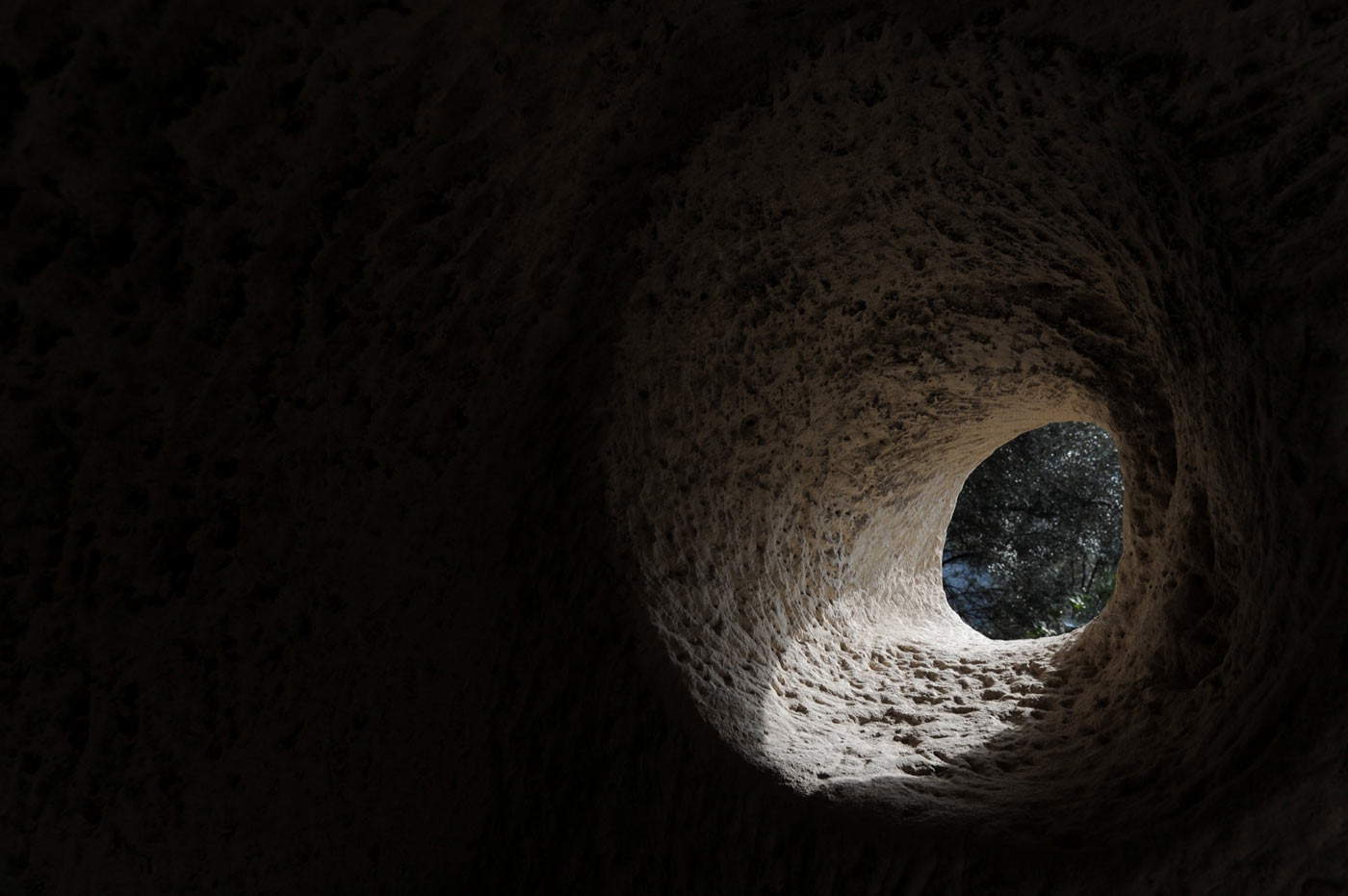

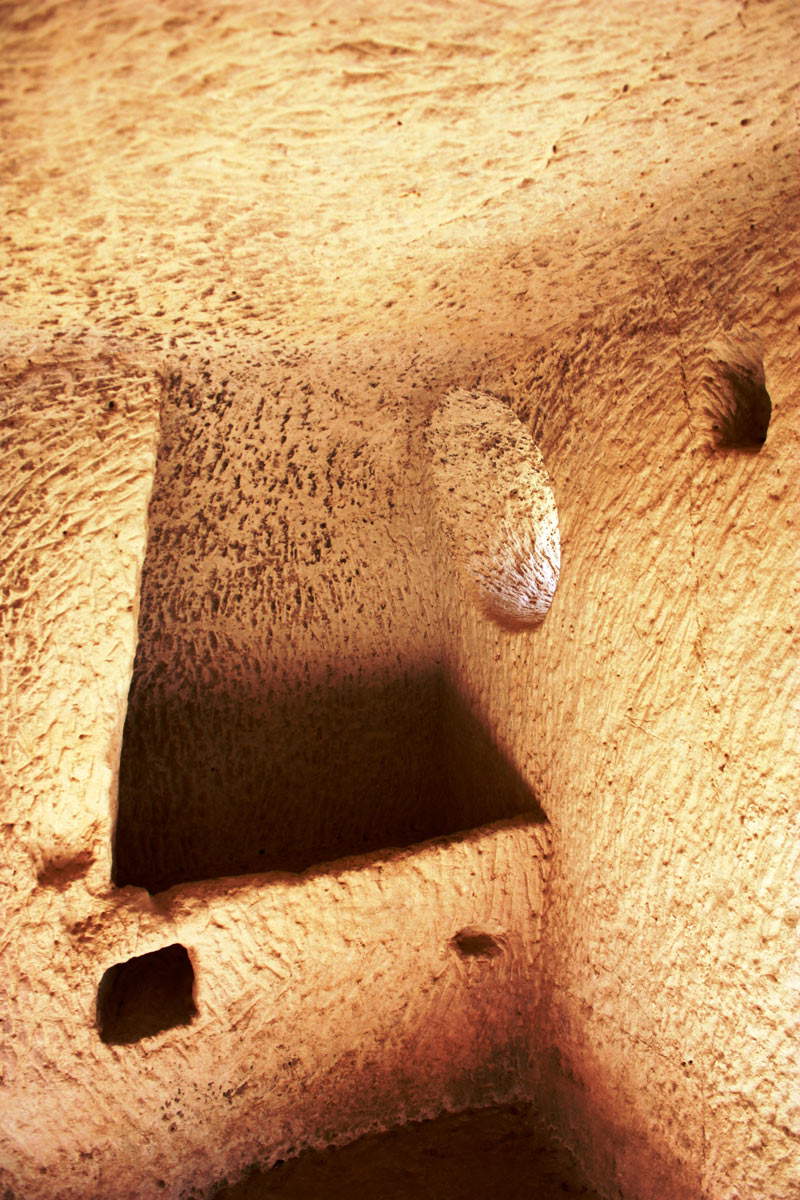
On the archaic civilization of the “Caves” (of which there are about forty) nothing can yet be said with certainty and taken for granted. Generally, reconstructing ancient history is an arduous task, especially in cases such as these, where the difficulties are not few: the documentation is not meager, the excavations not recent (so did the 1983 ones already bring everything back to light?), the different theories and knowledge not always shared. Moreover, there are, as mentioned above, traces of “continuous reuse over time, so much so that the oldest stratigraphic deposits have been irreversibly altered” (Rosanna Pontoriero). In short, on the true origin of Zungri the historical-archaeological studies continue and must continue, because there is still much to be said, if as it seems, a further publication will soon be given to the press, after the very latest ones by Rosalba Piserà and Santino Cugno, and the less recent ones by Luigi Manna, as well as those summarizing the museum, which subsists on the site (directed by Maria Caterina Pietropaolo) related to the scholar who first took an interest in it, Achille Solano, then Director of the small Civic Archaeological Museum of Nicotera (Vibo Valentia).
Two, three, are the most credited hypotheses: was Zungri a colony founded by oriental peoples with hermitic functions, or a productive outpost, a sort of depot of the nearby Kastron of Mesiano, or finally a purely peasant civilization? The mystery thickens at least until we have, if we ever have them, the results of incontrovertible studies, which are not, of course, the highlight ofarchaeology, a field of knowledge in which a truth taken for certain until just before can often be called into question.
For the time being, however, it is important that all hypotheses are being considered. Breaking away from a traditional historiographical view, it is necessary, even if this calls into question the tracing back to eastern Byzantine monastic communities. For goodness sake, cenobia were an important reality and they were indeed numerous in Calabria, however, the time has come to talk about them again and, for example, in the case of Zungri, to ask whether or not they are the Caves of the “Sbariati.” Can we still call them by the name by which they have been referred to so far, supporting Solano’s 1983 hypothesis that the origin of the “tuffaceous shelters [should be traced] back to the 10th century by some religious wanderers who fled from Sicily or Africa following barbarian invasions”? Sbariati then, stands for fugitives, routed, as we shall see better later in the article.
One would also have to wonder how we can get the spider out of the hole if the assumptions go in opposite directions. If, in a nutshell, the first study considered the Zungri Caves to be the work and abode of Basilian monks, the second, a large rock settlement with a peasant dimension.
Is the evidence supporting the cenobitic hypothesis now absolutely to be eliminated? Why? We have a few analyses. The first: according to Cuteri and Hyeraci’s examination, “interest in the Calabrian rocky landscape of the postclassical age has long privileged the main manifestations connected with the articulated settlement or more specifically religious experience, sometimes according to unfounded ’pan-monastic’ visions referable to an indistinct Byzantine past.” In short, the research remains conditioned to that “Basilian” imprinting vision that in Calabria, however, had a strong incidence.

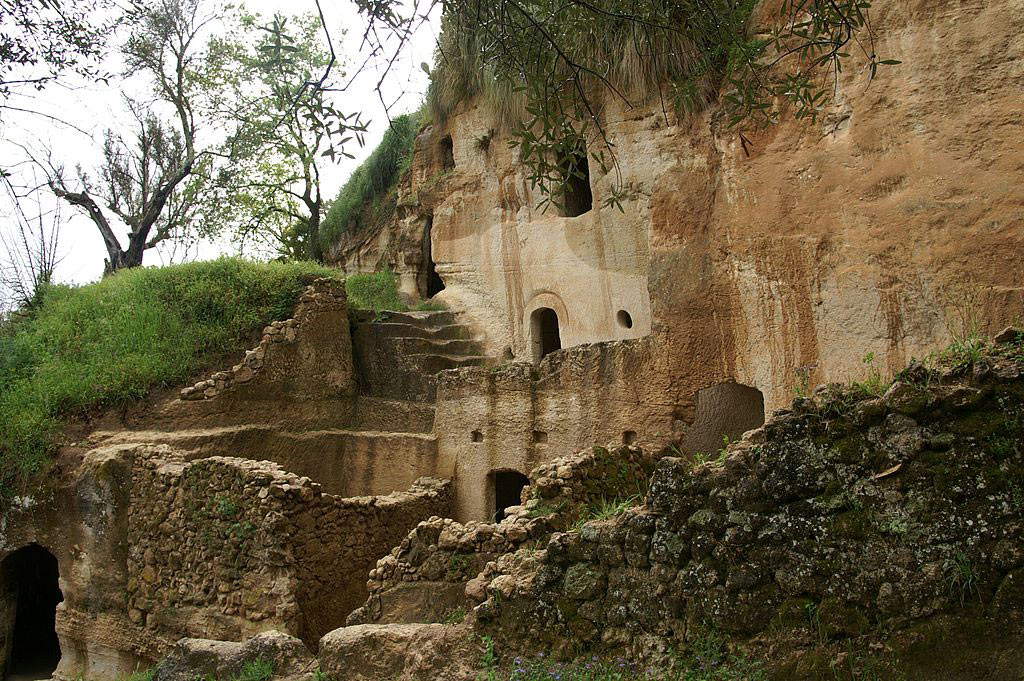
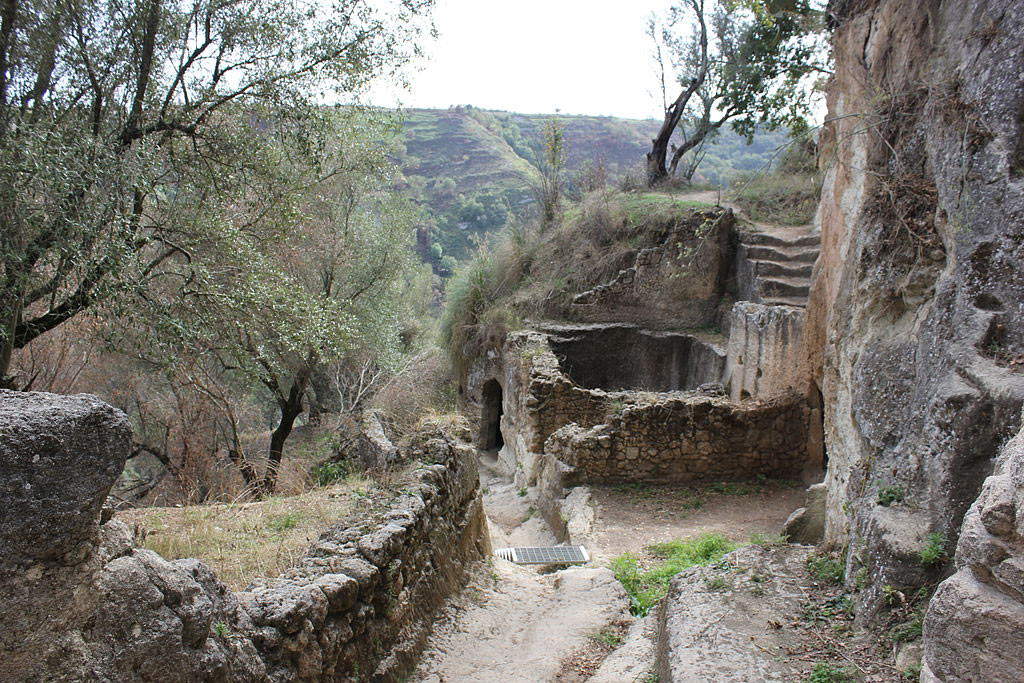
Nisticò’s second, which thoroughly investigates the etymology of the word “sbariati.” Widely used in Calabrian dialects, it blatantly derives from “dis-variati”: scattered, straggling, restless. While one cannot believe that such a vast tangle of caves was intended to house hermits proper, one can, however, think of people deemed somehow isolated or to be isolated, such as foreigners or deportees. As for the etymon of Zungri, there are those who propose to a Neo-Greek origin indicating high ground; one may think of the roots of the classical Greek terms zyg-, yoke; za- life; but also Zan, variant of Zeus; as is believed by some for nearby Zambrone. It should be noted that in dialect the form is Zungàri, which recalls, among other things, Lungro and the Hungarians, who were present, due to historical events, in the 14th century in Calabria.
The third by Maria Caterina Pietropaolo (director of the site and of the Museum of Peasant Civilization), according to whom it is true that any hypothesis about the origins of this place deserves to be carefully examined, but it is also necessary to start from a certain element: knowledge of the Poro area, which is the indispensable prerequisite for understanding the settlement of Zungri. Everywhere on the Pore there are traces of hermitages, monasteries and even hermit caves, and a unique settlement such as that of Zungri needs to be investigated more starting from what are the hypotheses formulated by Professor Solano who was the first scholar to excavate and who was able to elaborate his hypotheses starting from a fairly thorough knowledge of the places supported by historical documents. He dug and found tools and ceramic fragments, numbered all the caves in the village and listed them. But he also investigated those outside the currently visitable route dwelling on one in particular: a cave-palment where towers a large carved Christ on a wall depicted with clenched fists and which he identified as a sacred place, the oldest church of St. Nicholas. The stratigraphic reading of those walls, tells us that it would be a very serious mistake to dwell on a superficial reading: some of the signs we find on the walls of those caves, inside and outside the central core should be traced back to early Christianity and this would lead one to think that the site does not have medieval origins but is the result of continuous excavations operated on much older structures that found their best expression and conclusion in the Middle Ages.
And so? Ad posteriora, et posteris judicas? Will we get some good answers with the forthcoming publication of Achilles Solano’s posthumous Corpus Speluncarum? Some indications have already been enunciated in the numerous articles and conference proceedings published soon after the “rediscovery” of this site.What new things will still emerge? Above all, will data and the first images of the original stratigraphy be published, before a reckless intervention that saw the oldest walls being “bleached” and cleaned up? Will we one day be able to have knowledge of the true origins of the fascinating city of Zungri? All the clues so far fielded lead us to at least a couple of conclusions, for now, the only ones. Questioning the landscape opens up unexpected research scenarios, and to anyone. Even to those who approach this site only through a brief visit. And it serves to say, perhaps once and for all, that no, it is not enough to be fascinated by a place so steeped in history to understand its beauty and try to launch tourism. It is necessary to go a little further and throw one’s heart over the hurdle.
Warning: the translation into English of the original Italian article was created using automatic tools. We undertake to review all articles, but we do not guarantee the total absence of inaccuracies in the translation due to the program. You can find the original by clicking on the ITA button. If you find any mistake,please contact us.